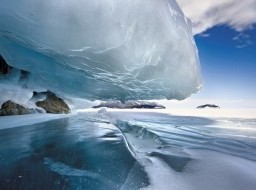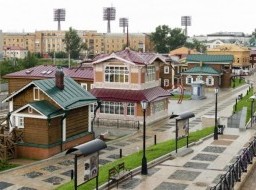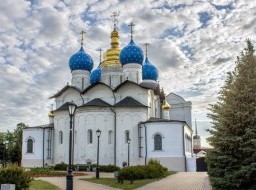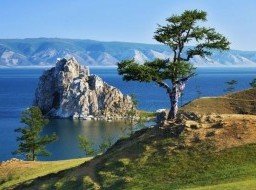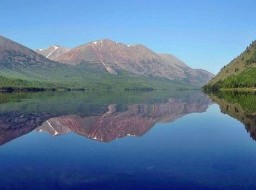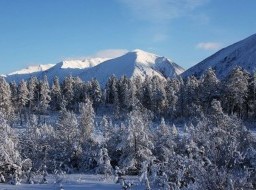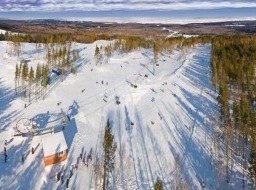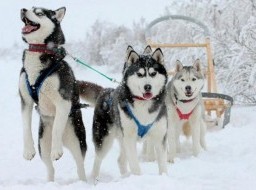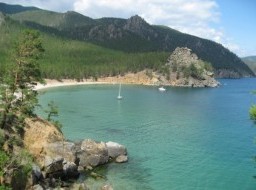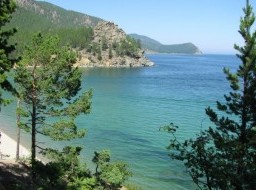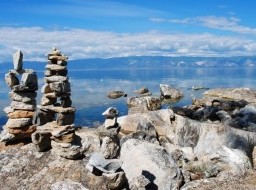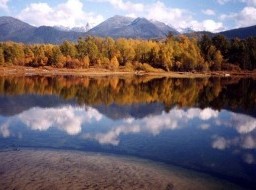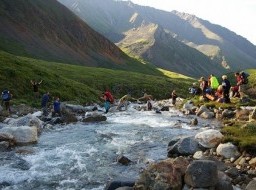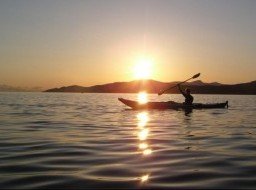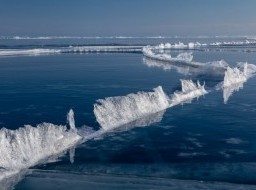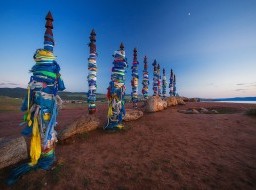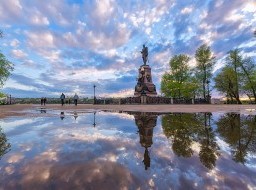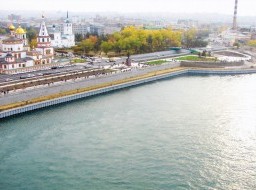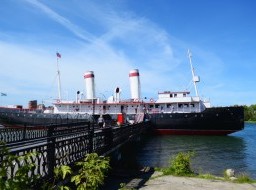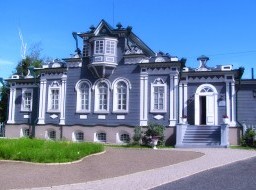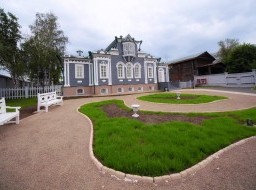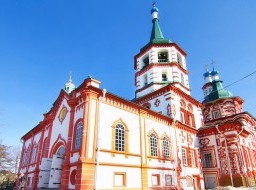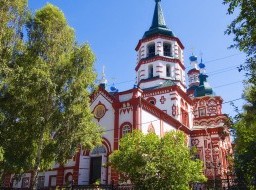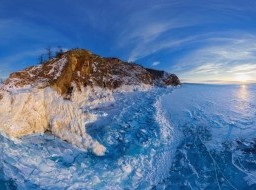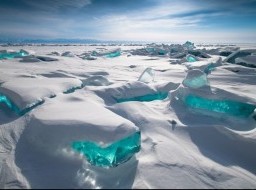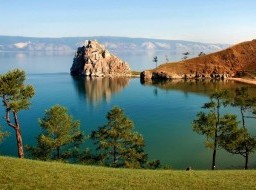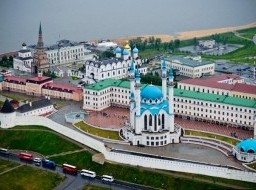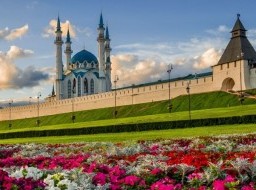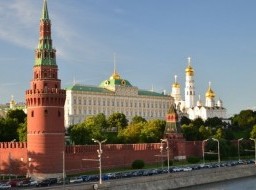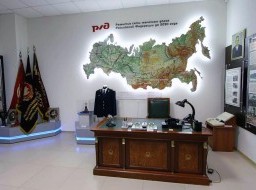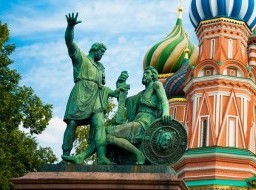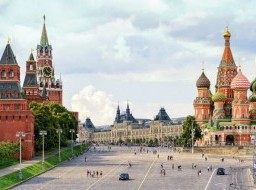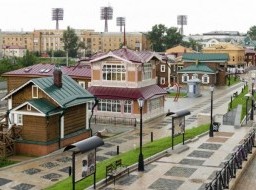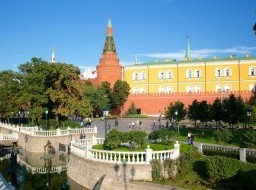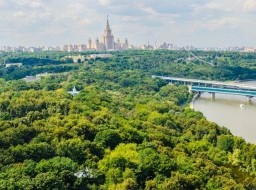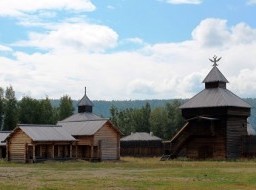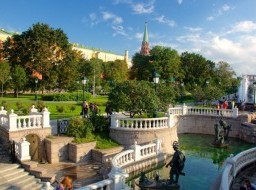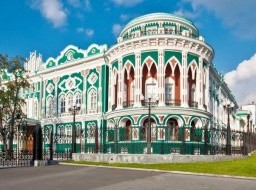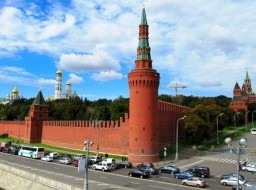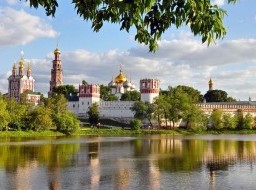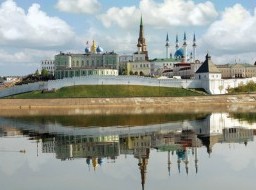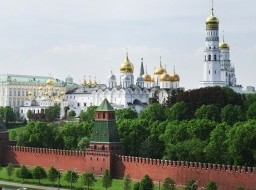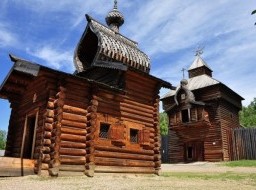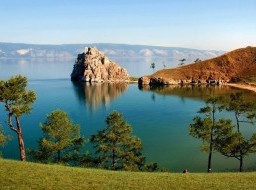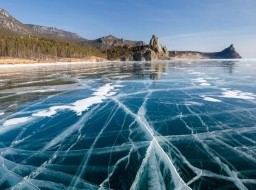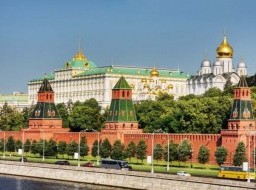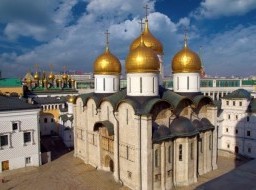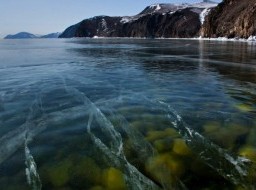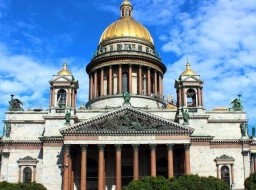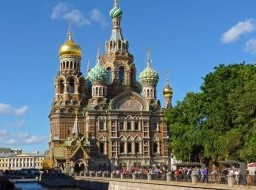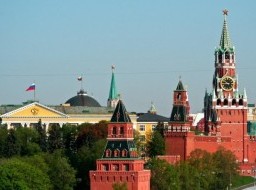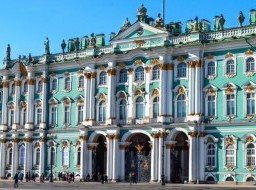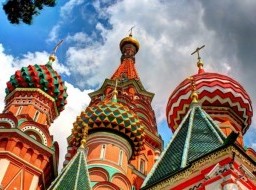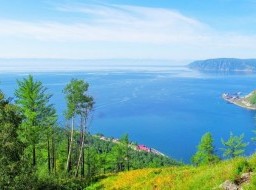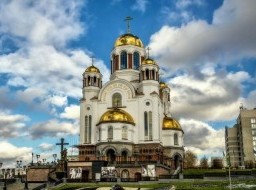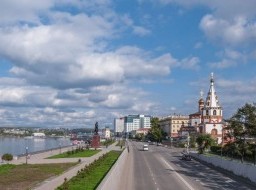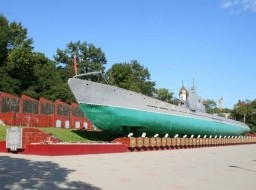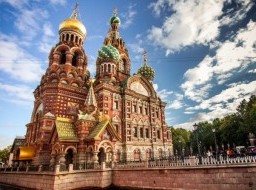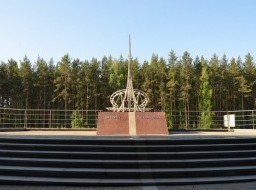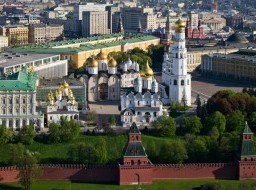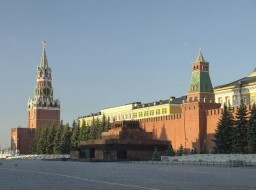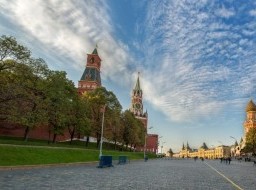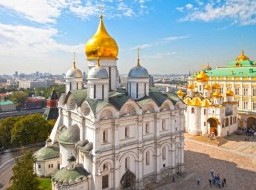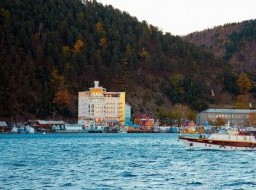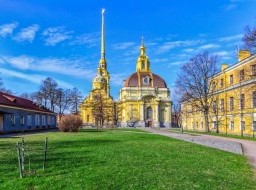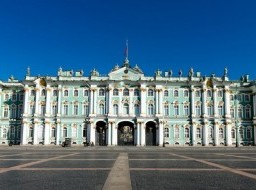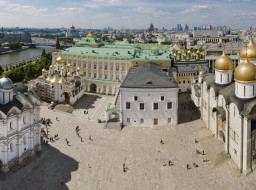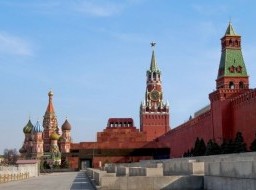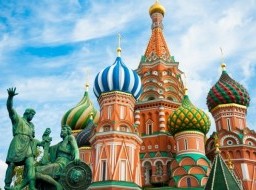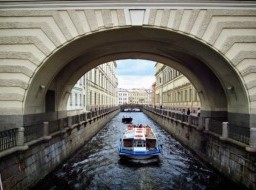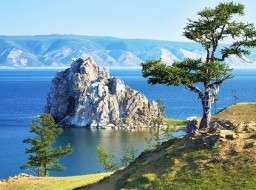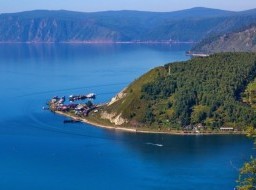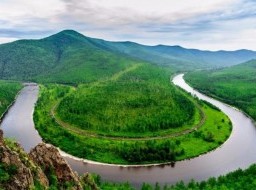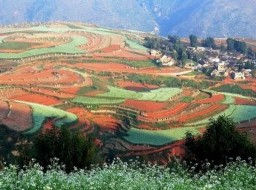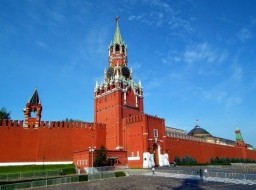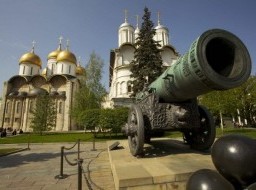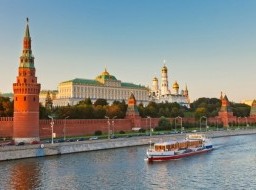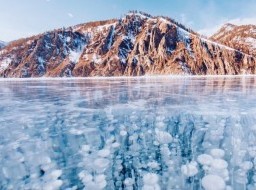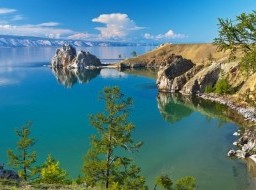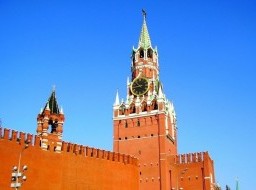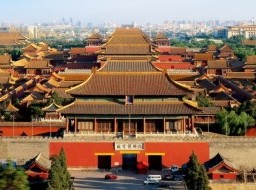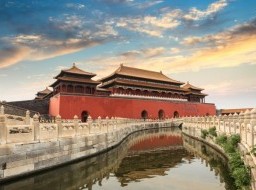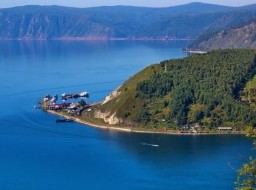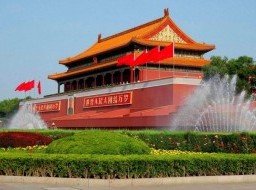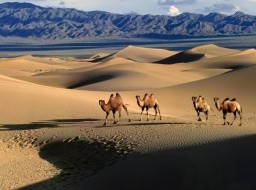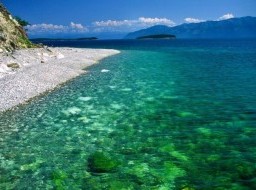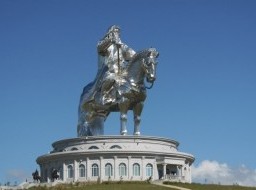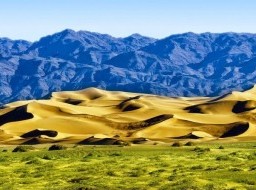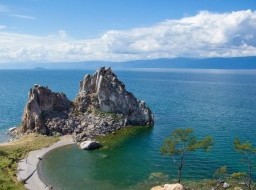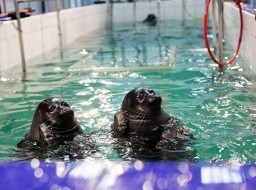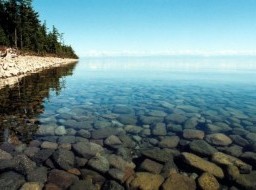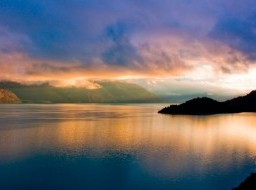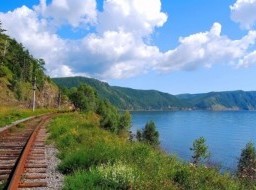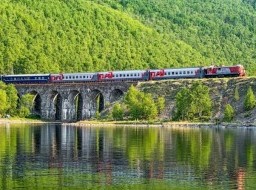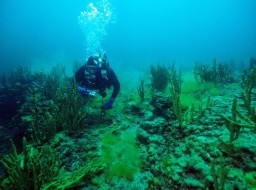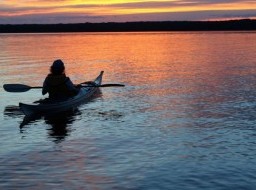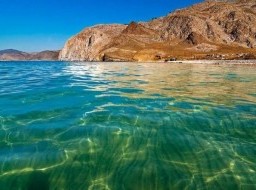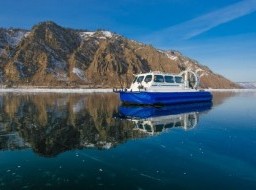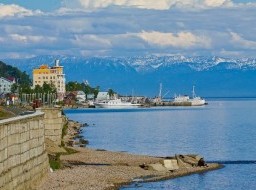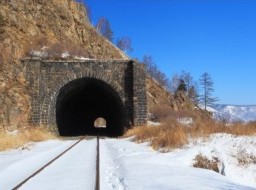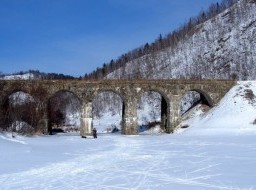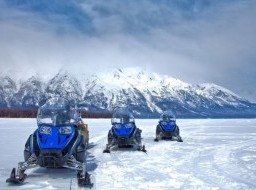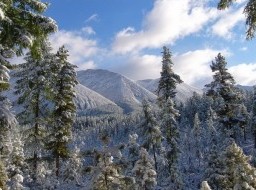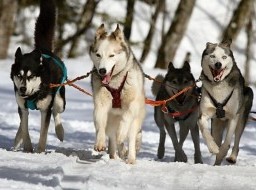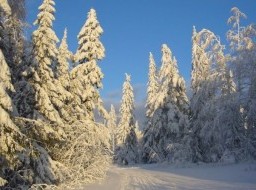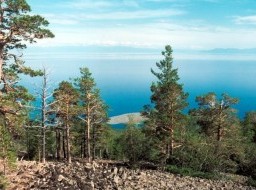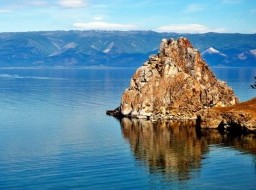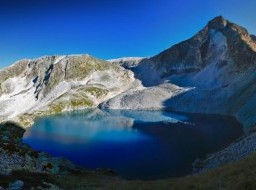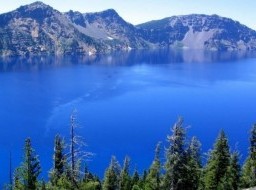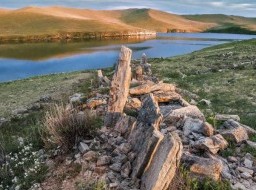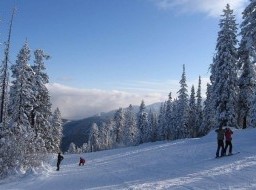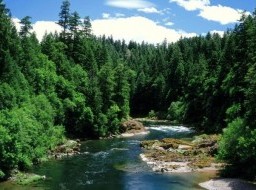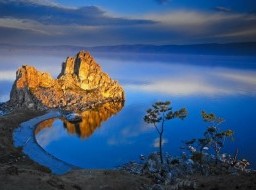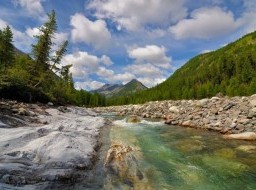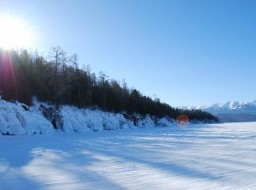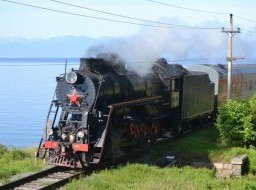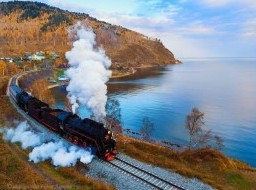Baikal
Lake Baikal in Siberia is listed as a Unesco World Heritage site and was also voted as one of Russia's Seven Wonders. It's not hard to see why. Baikal is one of those rare spots on the earth where nature has still remained genuine and untouched. The magnificent landscapes – the lake is surrounded by high mountain chains - and the unique clarity of the crystal-clear water, which runs into a darkness teeming with fish. Siberians believe that Lake Baikal's water has curative properties, and habitually call it the freshwater. It is rich in oxygen, and as pure as distilled water. Baikal is the oldest and deepest lake in the world. The lake is so big, that it would take around four months, at normal walking speed, to walk all the way around it. Baikal is a world of its own, like nothing else on Earth. It's worth to see! Lake Baikal is a unique natural formation on the Earth. There is no inquisitive man on the Planet who has not heard that in Siberia there is a great wonder - Lake Baikal. It is known, that famous Lake Baikal differs with its original peculiarities from other world's freshwater lakes. It is the deepest continental water-body on the Planet and contains about 20% of the Earth's unfrozen surface fresh waters. The bottom of this amazing lake is 1182 m bellow the level of the world ocean. The Baikal waters have an exclusive transparency (that is maximum in general for lakes) and minimum mineralization and suspended particles of various composition. Geologists say Baikal today shows what the seaboards of North America, Africa and Europe looked like as they began to separate millions of years ago. An outstanding feature of Lake Baikal, consisting in both riches and originality of its fauna and flora, attracts attention of experts all around the world. "Glorious Sea, Sacred Baikal". The words of this popular folksong have been known for more than a century. There are quite a number of seas in this country: The Black Sea, the White Sea, the Baltic Sea, the Caspian Sea. But none of them has ever been honoured with such poetic, tender words as "glorious sea". Baikal's coastline stretches for over 1300 miles. Surprisingly, wouldn't it be easier for us to imagine hundreds of thousands miles in the spatial emptiness on the way to the moon than these thirteen hundred miles in majestic and live beauty open for hiking and unhurried views. Nonetheless, one is unable to contain all these pictures within oneself. They are greater more beautiful, more varied and amazing than we are capable of comprehending with our understandings and senses. That can only be believed, unlike the astronomic distances to heavenly bodies. Baikal is an ineffable miracle on a scale which amazes and defies comprehension. And though all reference-books define it as a "lake", the word "sea" comes to mind when looking at Baikal. Its dimensions cannot but impress, and the figures are not sufficient enough to convey what one really feels on its shores. Lake Baikal was formed as an ancient rift valley, having the typical long crescent shape. Baikal is home to more than 1,700 species of plants and animals, two thirds of which can be found nowhere else in the world and was declared a UNESCO World Heritage Site. There are Baikal omul fish and Baikal oil fish as well as the nerpa, one of the world's only freshwater species of seal. Bears, elk, lynx and other wildlife abound in the surrounding forests and mountains. The evolution of aquatic life that has taken place over this long period has resulted in an exceptionally unique and endemic fauna and flora. As the 'Galápagos of Russia', the lake is of exceptional value to evolutionary science. The unique lake itself is the centerpiece of the site and its largely unseen underwater features are the core of its value to both science and conservation. The Baikal region has some 1,200 historical, archaeological and cultural monuments of which 1,000 have state protection. A number of these are considered sacred. There is also a mix of distinctive cultures in the region and an interesting human history. There is another one remarkable feature that distinguishes it from the other geological structures of the Globe. Thus if we add the highest altitude of the mountain ranges that border the lake (2840 m) to its maximum depth (1642 m) and to an estimated maximum sediment thickness of the Baikal basin (8500 m) we will find that the amplitude of the Earth's Crust trough under the lake (12977 m) is about 2 km. deeper than the deepest point of the ocean floor - Mariana Trench (11022 m). The lake's cold, oxygen-rich waters teem with bizarre life-forms. Such deep rift faults were found nowhere else on the Earth's continents. The lake is completely surrounded by mountains. The Baikal Mountains on the north shore and the taiga are technically protected as a national park. Swiftly roaring down high ridges to the lake, many streams and rivers have cut through the mountains deep, narrow, dark canyons. In the places where the streams come across hard rock ledges they make up picturesque cascades. On the steep slopes to the height of 600-800 m above the lake level the taiga rises. Up the slope, forests are replaced by sparse growth of trees and higher up stretches out the tundra. Geologists estimate that Lake Baikal formed somewhere 20-25 million years ago, during the Mesozoic. Surrounded by mile-high snowcapped mountains, Lake Baikal still offers vistas of unmatched beauty. The mountains are still a haven for wild animals, and the small villages are still outposts of tranquillity and self-reliance in the remote Siberian taiga, as the forest is called. The water of the lake is distinguished by its extraordinary clarity and cleanness. The colour of the water depends greatly on this clarity. The deepwater area of the Lake is indigo like that of deep seas, with the decrease of clarity the water gets bluish-greenish and in August - September at the time of plankton growth it becomes greenish-grey. The fishermen usually call such waters "white" or "grey", and transparent waters they would call "golomyannye" (as transparent as golomyanka fish, the endemic fish of Baikal). Throughout the immense time of its existence Baikal, sheltering a unique community of life, has outlived many other natural phenomena. It does not cease to surprise explorers step by step revealing its mysteries and astonishing them with new riddles. |
|
